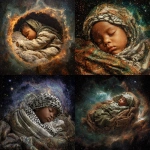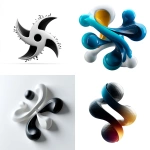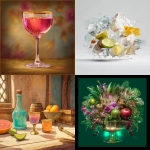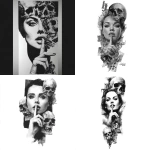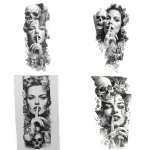Explore the Best AI Image Gallery
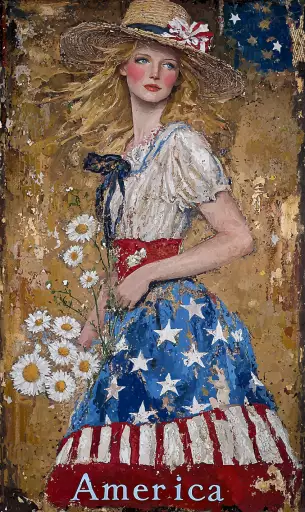
Painting with Pixels: AI Image Creation Tools and the Future of Art
The realm of art has always been a space of innovation, constantly evolving with new technologies and mediums. Today, we stand at the precipice of another revolution, driven by the emergence of AI image creation tools. These powerful algorithms can generate stunningly realistic and imaginative images from simple text prompts, blurring the lines between human creativity and artificial intelligence.
A New Canvas for Creativity
AI image generators, powered by deep learning models like DALL-E 2, Midjourney, and Stable Diffusion, are democratizing access to artistic creation. No longer confined to traditional skills or expensive software, anyone with an internet connection can now conjure up breathtaking visuals. This opens doors for:
- Rapid Prototyping: Designers and artists can quickly iterate on ideas, visualizing concepts in various styles and compositions.
- Personalized Content: Users can generate unique artwork tailored to their preferences, from personalized avatars to custom illustrations for social media.
- Accessibility for All: Individuals with physical limitations or lacking artistic training can now participate in the creative process.
Beyond Aesthetics: Applications Across Industries
The potential applications of AI image creation extend far beyond the realm of art. Industries like:
- Advertising and Marketing: Generating eye-catching visuals for campaigns, product mockups, and social media content.
- Gaming and Entertainment: Creating immersive environments, character designs, and in-game assets.
- Education and Research: Visualizing complex concepts, simulating scenarios, and aiding in scientific discovery.
Navigating the Ethical Landscape
While the possibilities are exciting, AI image creation raises important ethical considerations:
- Copyright and Ownership: Who owns the rights to AI-generated images? The creator of the prompt, the developer of the algorithm, or the user who generated the image?
- Bias and Representation: AI models are trained on vast datasets, which may contain biases that reflect societal prejudices. This can result in discriminatory or harmful outputs.
- Misinformation and Deepfakes: The ability to create realistic synthetic media opens up possibilities for the creation of convincing fake news and manipulated content.
The Future of AI-Powered Creativity
AI image creation is still in its early stages, but its impact is already being felt across various industries. As technology advances, we can expect:
- More sophisticated and versatile tools: Algorithms will become increasingly capable of generating diverse styles, textures, and levels of detail.
- Integration with other technologies: AI image creation will likely be combined with virtual reality, augmented reality, and other immersive experiences.
- Continued ethical discussions and regulations: As the technology matures, it will be crucial to establish guidelines and frameworks to address the ethical challenges it presents.
The future of art is undoubtedly intertwined with AI. While there are valid concerns about its implications, its clear that AI image creation tools offer a powerful new canvas for human creativity. By embracing this technology responsibly and fostering open dialogue, we can harness its potential to unlock new forms of artistic expression and push the boundaries of whats possible.
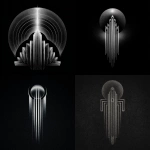
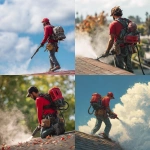
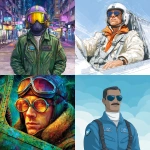


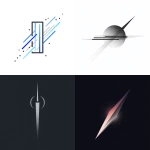


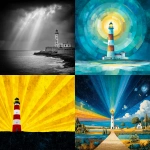


](https://images.ai-img.art/thumbnails/150/d29fcfc8037938184a641f7980e1102e24a6e82088bc465886d26ffe5bb006c7.webp)


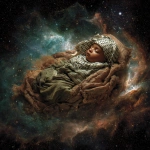
](https://images.ai-img.art/thumbnails/150/4a4f2a16da94ebadad64aeb3b0fb4e64d426431f1d651cc4929142c728fe85b7.webp)

](https://images.ai-img.art/thumbnails/150/9127f72c6be19d533c26ac476f4d216cd89a6a2d7c351333489a3eff30c3ec5a.webp)
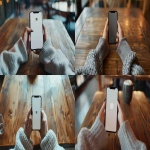

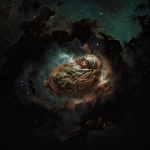

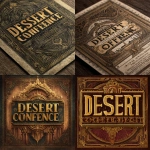
](https://images.ai-img.art/thumbnails/150/37f115f2fa75765b87e6d3e2c9f1b0a80a6a46efa8b864a05278c7fc0a0a62e7.webp)



](https://images.ai-img.art/thumbnails/150/336026613fd234b8d6908fe18ecc09b2b2ecf7b8dfe294742041c9862dc499c1.webp)
](https://images.ai-img.art/thumbnails/150/24610c8978ce6b4f1ced8639b434482871adb07e38af8b90cd535f2533bf18cc.webp)
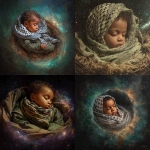
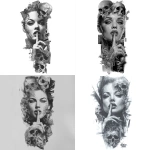

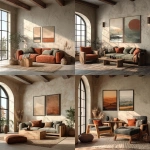

](https://images.ai-img.art/thumbnails/150/b90a5f332cb5d8f02116934e13abd20233e0eeb2368274dbdffaa2e281e4dff5.webp)
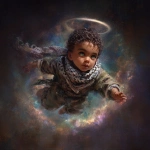

](https://images.ai-img.art/thumbnails/150/85464d88f1d4314cd042a02a6f41440fc3b4343db529794cbe8e6836fdadf409.webp)


